Home – Carbon Projects – Biochar in South America, Bolivia
Biochar in South America, Bolivia
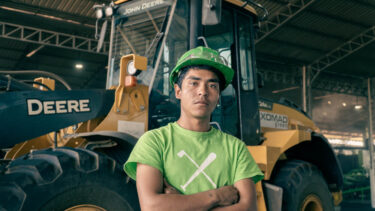
Home – Carbon Projects – Biochar in South America, Bolivia

Since the industrial revolution, human activity has caused the natural carbon cycle to be in disbalance. We have been emitting too much carbon into our atmosphere. While simultaneously drastically changing our habits to decrease emissions, the contemporary excess carbon in the atmosphere also must be sequestered. Biochar is one of the solutions to the need for more permanent carbon capture.
This project, situated in Bolivia, not only addresses environmental concerns but also stands as a social project in the heart of this South American nation.
Location: Bolivia
Project Type:
Regenerative Agriculture
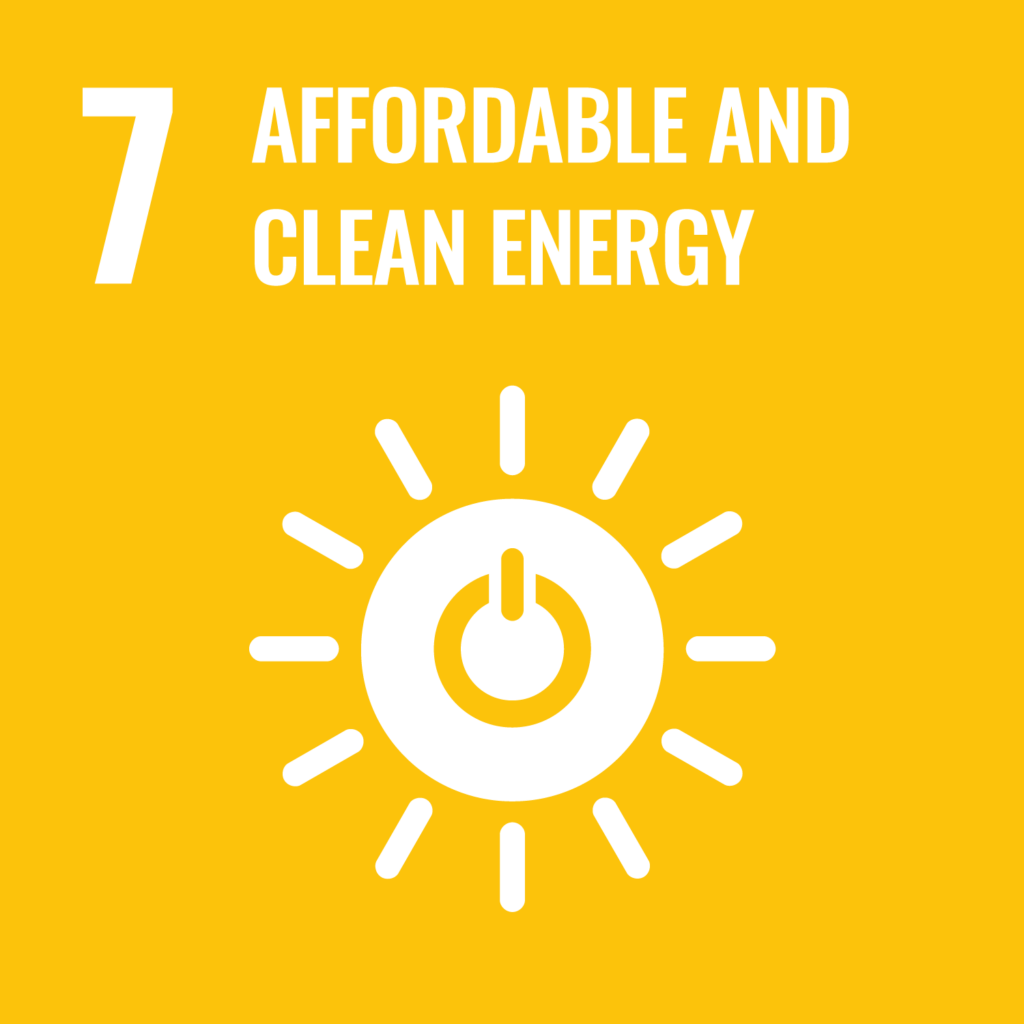
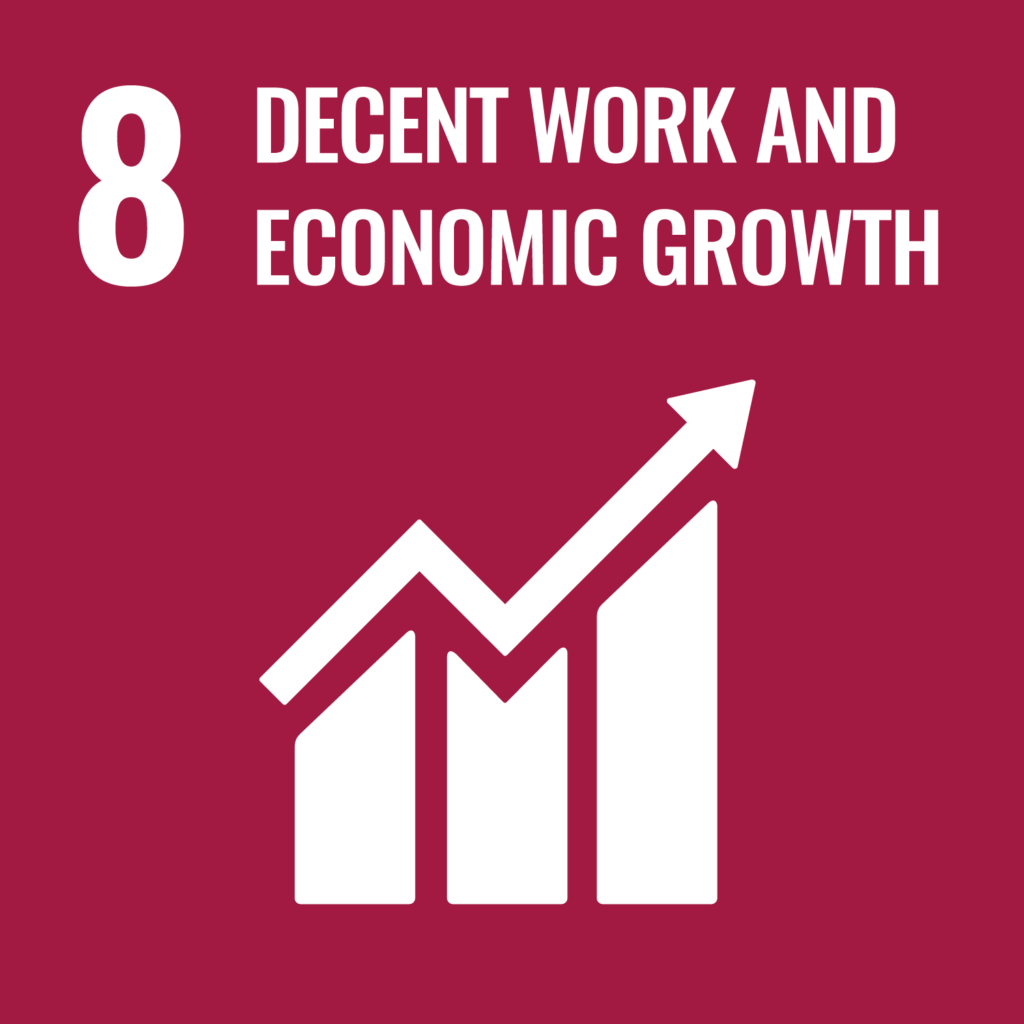
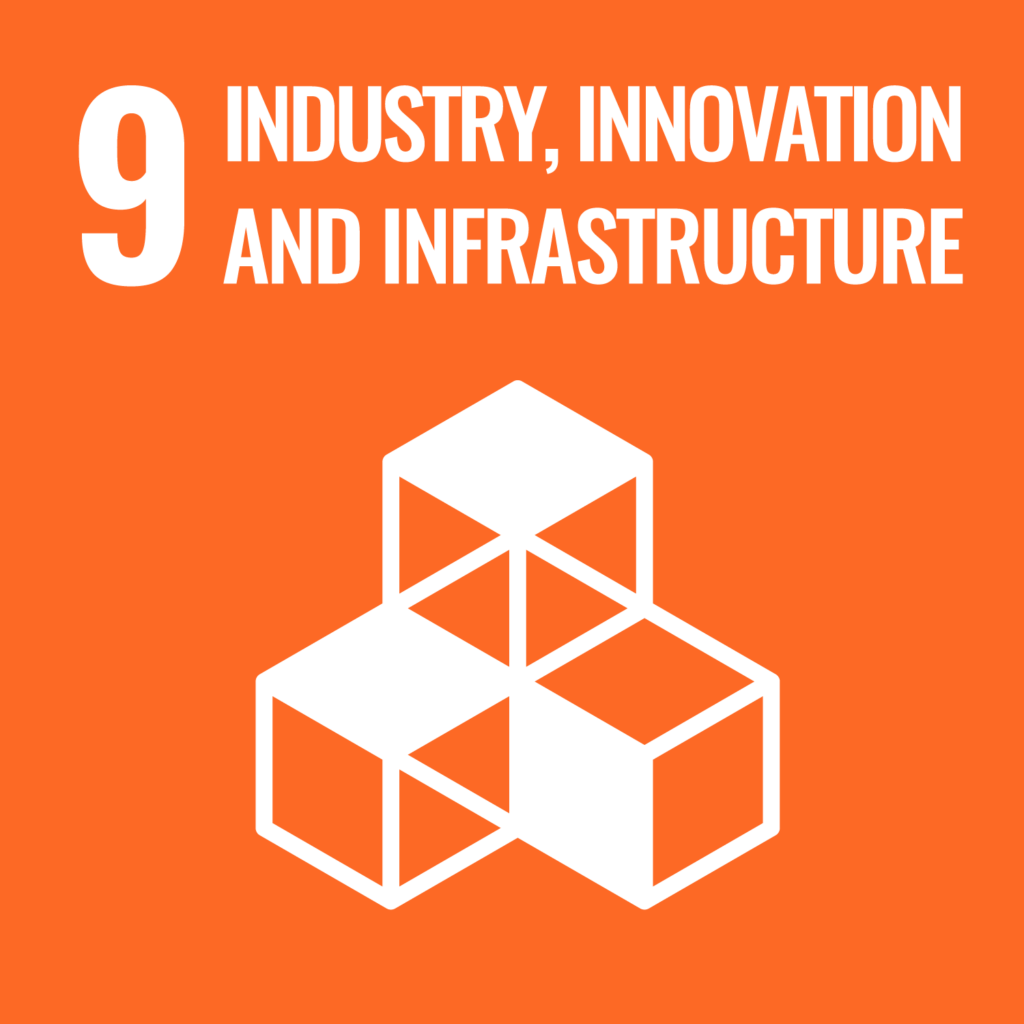
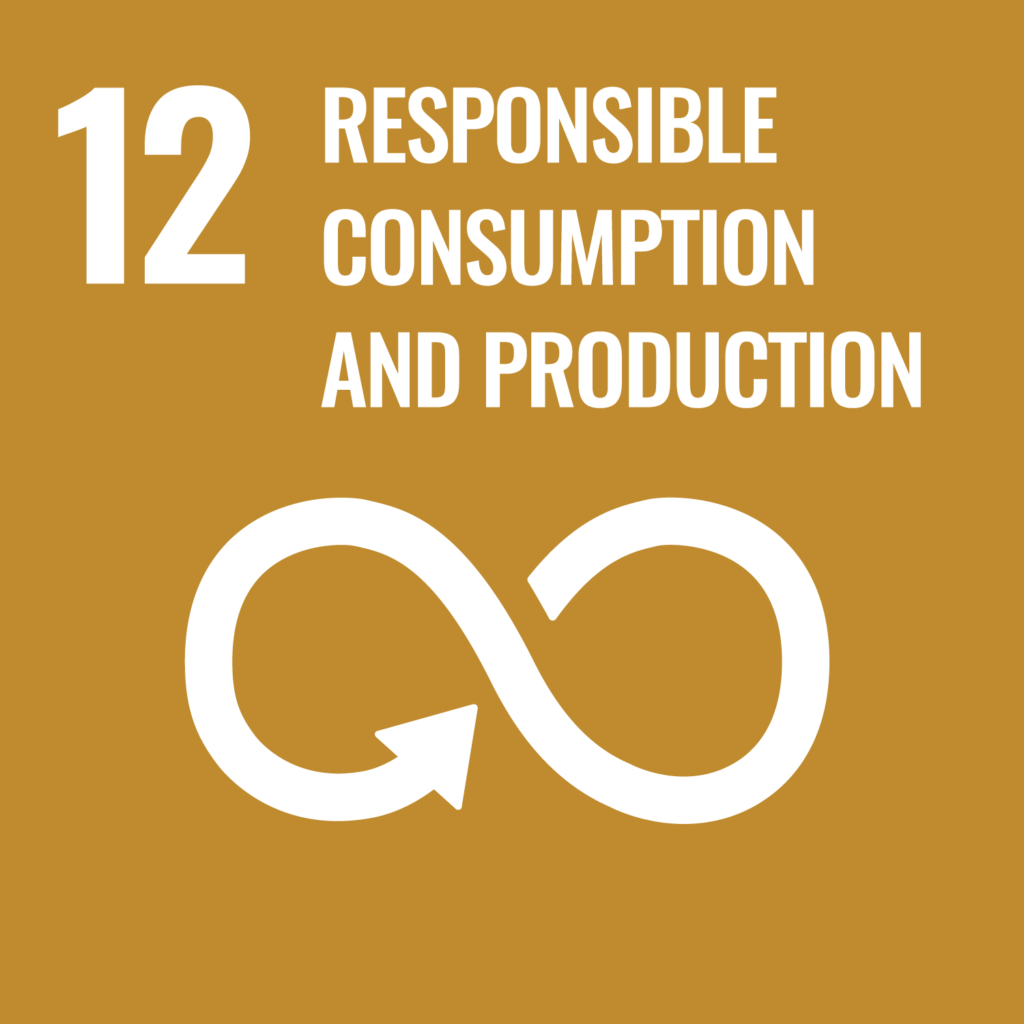
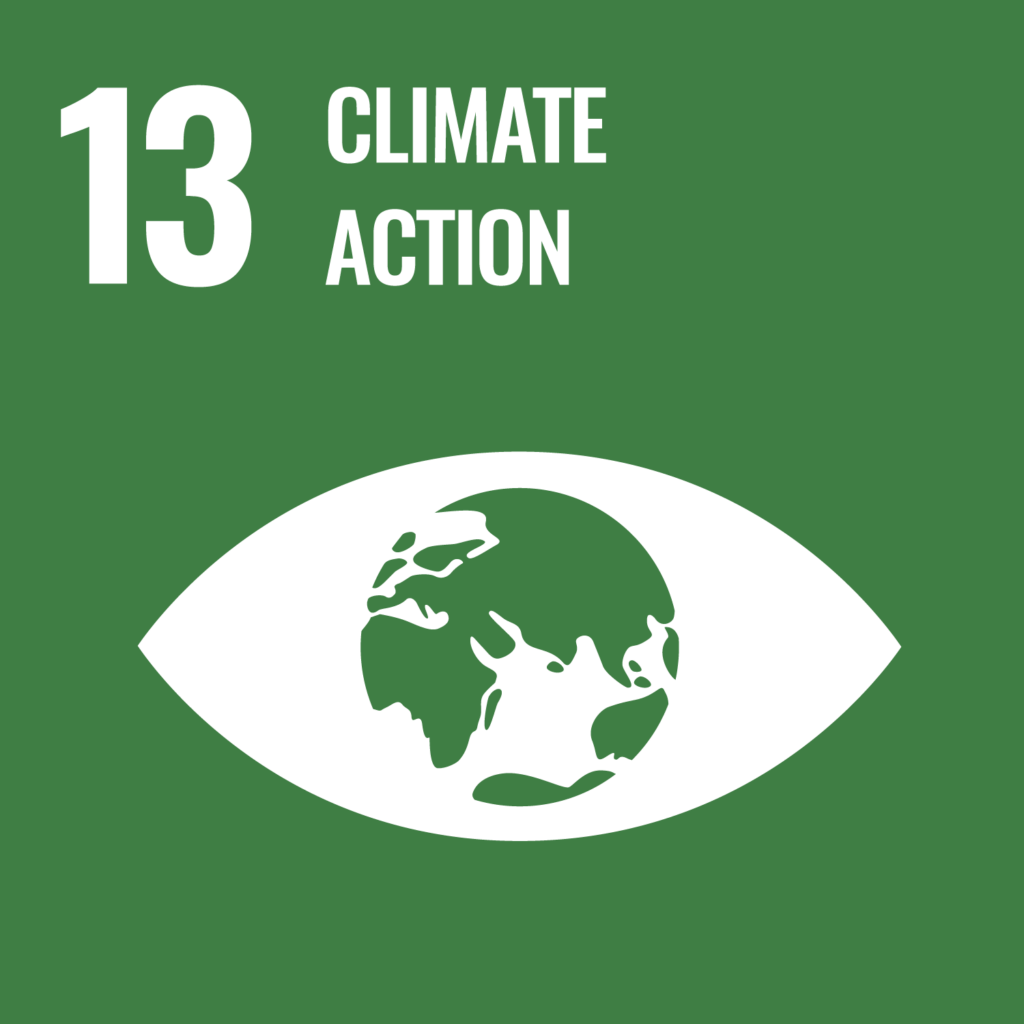
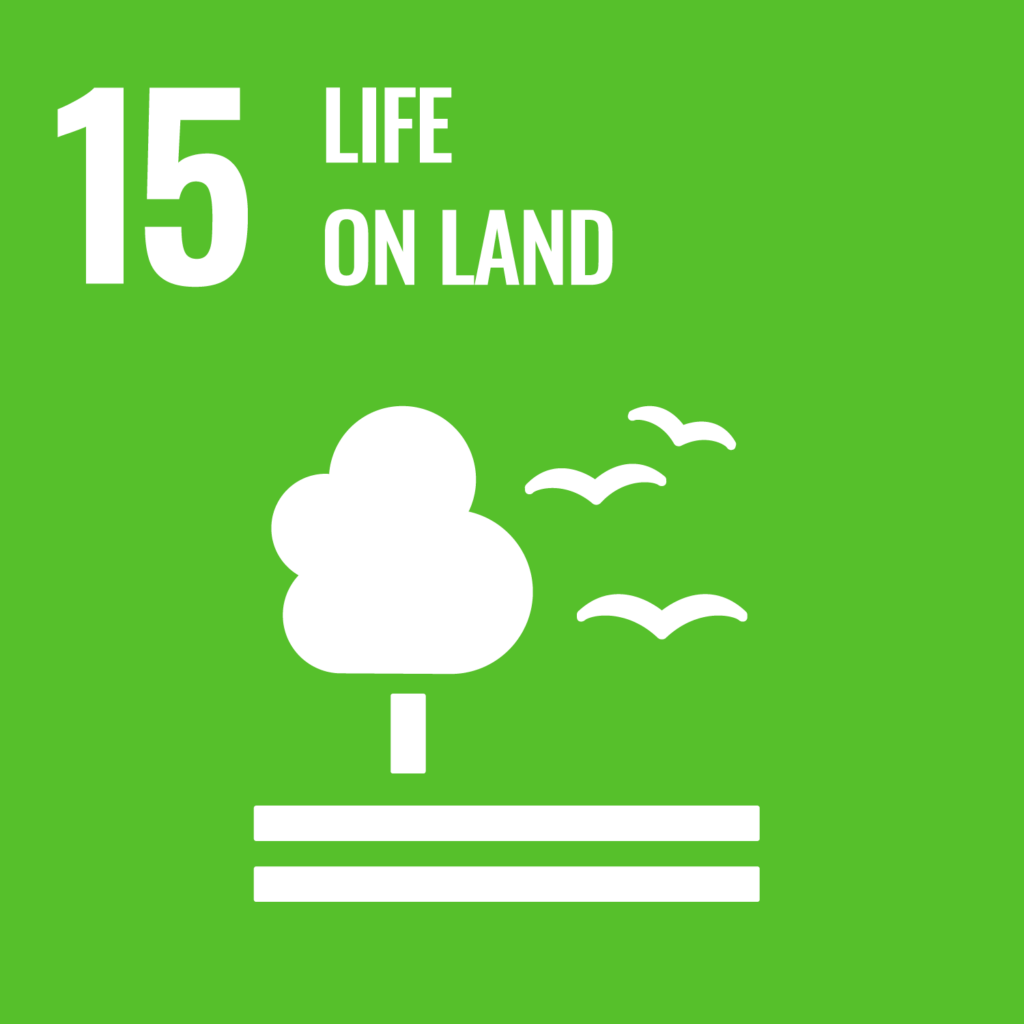

This project is located in Concepción, Bolivia, a picturesque town nestled within the lush valleys of the country’s tropical lowlands, surrounded by vibrant rainforests and diverse ecosystems. In Concepción, indigenous people, primarily belonging to the Guarayos and Trinitario ethnic groups, maintain a traditional way of life deeply rooted in sustainable agriculture, communal living, and a deep connection to the land, preserving their rich cultural heritage for generations.
The project’s process commences at the source, collecting biomass residues from local sawmills, providing an abundant, renewable source of biomass. The biomass goes through a careful sorting and preparation process. It’s dried and ground using eco-friendly machines at a modern pyrolysis plant. During pyrolysis, which happens at around 600 degrees Celsius, the carbon in the biomass is captured. This stops it from becoming carbon dioxide and instead creates biochar, a carbon-rich product that’s great for improving soil.
Biochar is often referred to as a technically engineered carbon removal. But what does that mean exactly? Carbon offset projects are categorised under either reduction or removal. Reduction projects prevent carbon from being (re)released into the atmosphere and into the (short-term) carbon cycle. Removal projects take out carbon from the atmosphere, and sequester the carbon (permanently) in oceans, soils, or products. Biochar falls under the carbon removal category. Removals can range from nature-based solutions such as afforestation and replantation of trees, which has a carbon sequestration permanence of 50 to 100 years, and more technically based solutions with a carbon sequestration permanence of 100+ to 1000+ years. All projects are necessary to combat climate change, and a balanced offsetting strategy aids the mitigation of climate change the best in our opinion.
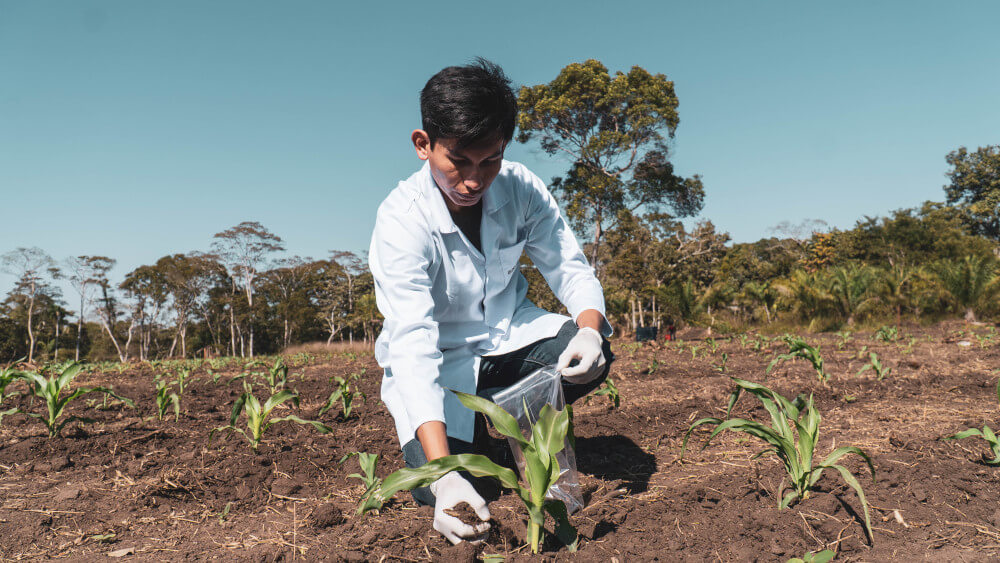
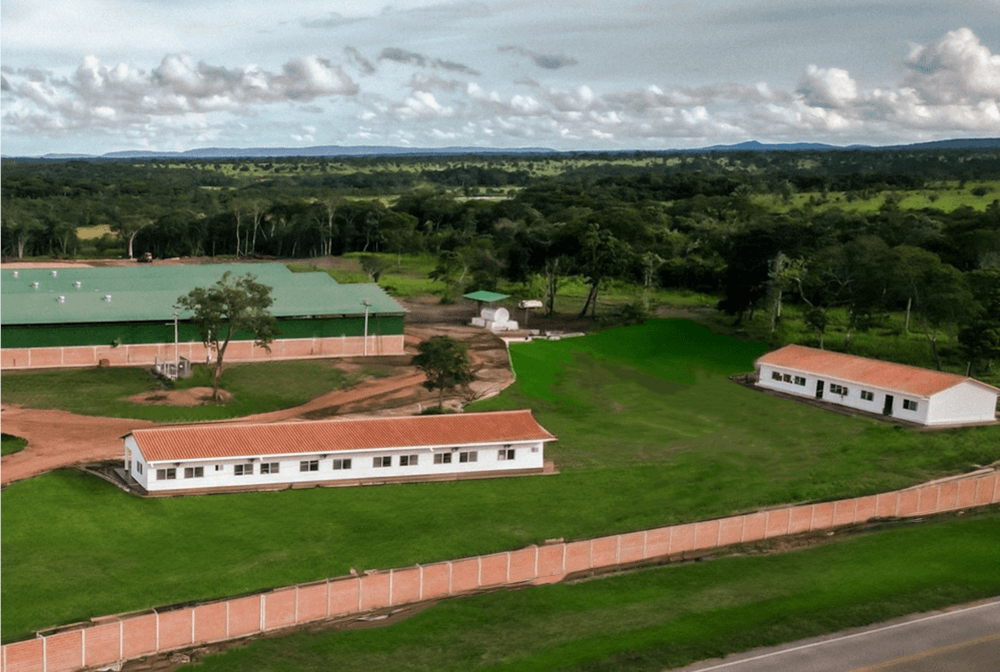
The project’s vision extends beyond environmental impact, as it strives to enhance the quality of life for over 250,000 regional inhabitants, generate green jobs and therefore foster local economic growth. This is done by donating, giving the biochar away free of charge, to local indigenous communities, empowering them to improve their agricultural yields, reduce deforestation, and ensure the sustainable use of South American forests.
Regenerative agriculture training and sustainable land management training for the local people are also part of this programme. The project’s focus on energy efficiency and reducing air pollution contributes to improved air quality for local communities. Socially, the project is creating green tech jobs and upholding employee benefits, with plans to expand its impact further.
The project harnesses pyrolysis technology to convert biomass into biochar, a process that generates syngas and bio-oil as by-products, which are reused within the plant as energy sources. This showcases the commitment to sustainable energy practices.
Discover our Carbon Project Development Expertise and explore our Existing Carbon Projects.